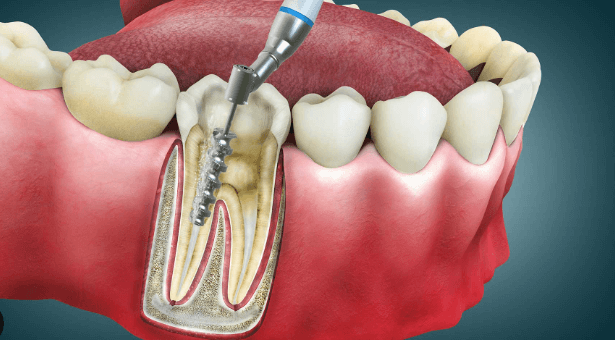Understanding Root Canal Procedure in Van Nuys, CA: What to Expect and How to Prepare

Root canals often evoke a sense of fear and anxiety, but understanding the process can alleviate these feelings. This dental procedure in Van Nuys dentistry is designed to save a tooth that is badly decayed or infected.
Here, we’ll break down what a root canal is, why it might be necessary, and what you can expect before, during, and after the procedure.
What is a Root Canal?
A root canal is a treatment used to repair and save a tooth that is decayed or infected. It involves removing the damaged or infected pulp inside the tooth, cleaning and disinfecting the space, and then filling and sealing it. This process helps to eliminate pain and prevent further infection, ultimately saving the tooth.
Why is a Root Canal Necessary?
Root canals become necessary when the pulp, the soft tissue inside the root canal, becomes inflamed or infected. This can result from deep decay, repeated dental procedures on the tooth, or a crack or chip in the tooth. Sometimes, even without visible damage, an injury to the tooth can cause pulp damage.
Symptoms Indicating the Need for a Root Canal
The most common signs that may indicate the need for a root canal include:
- Severe toothache pain when chewing or applying pressure
- Prolonged sensitivity to heat or cold
- Discoloration or darkening of the tooth
- Swelling and tenderness in nearby gums
- A persistent or recurring pimple on the gums
If you experience any of these symptoms, it’s essential to consult your dentist promptly to prevent further complications.
The Root Canal Procedure: A Step-by-Step Guide
Understanding the steps involved in a root canal can help demystify the process:
- Consultation and X-rays: Initially, your dentist will examine the tooth and take X-rays to confirm that a root canal is necessary. This helps in assessing the extent of infection.
- Preparation: Before the procedure, the dentist will administer local anesthesia to numb the area. This ensures that you remain comfortable and pain-free throughout the treatment.
- Isolation: A rubber dam is placed around the tooth to keep the area dry and free from saliva during the procedure.
- Access Opening: The dentist will create a small opening in the crown of the tooth to access the pulp chamber and root canals.
- Cleaning and Shaping: Using specialized instruments, the dentist will remove the infected pulp and shape the interior of the tooth to accommodate a filling.
- Filling the Canal: The cleaned space is filled with a biocompatible material, usually gutta-percha, and sealed with adhesive cement to prevent future infection.
- Restoration: After the root canal, the tooth will require a restoration, such as a crown, to protect and restore it to full function.
Aftercare and Recovery of Root Canal Therapy
Post-procedure care is crucial to ensure successful healing:
- Pain Management: Some discomfort and sensitivity are normal after a root canal. Over-the-counter pain medications are typically effective in managing this.
- Oral Hygiene: Continue to practice good oral hygiene, including brushing, flossing, and routine dental visits to maintain the health of your treated tooth and surrounding teeth.
- Dietary Considerations: Avoid biting down on hard or crunchy foods until your tooth has been fully restored with a crown to prevent damage.
Conclusion
Root canals are a common and effective treatment for saving teeth that would otherwise be lost to decay or infection. By understanding what to expect and how to prepare, you can approach the procedure with confidence and ease. You should consult with your dentist to ensure it’s the right step for your dental health, and remember, the goal of a root canal is to relieve pain and restore your smile.




